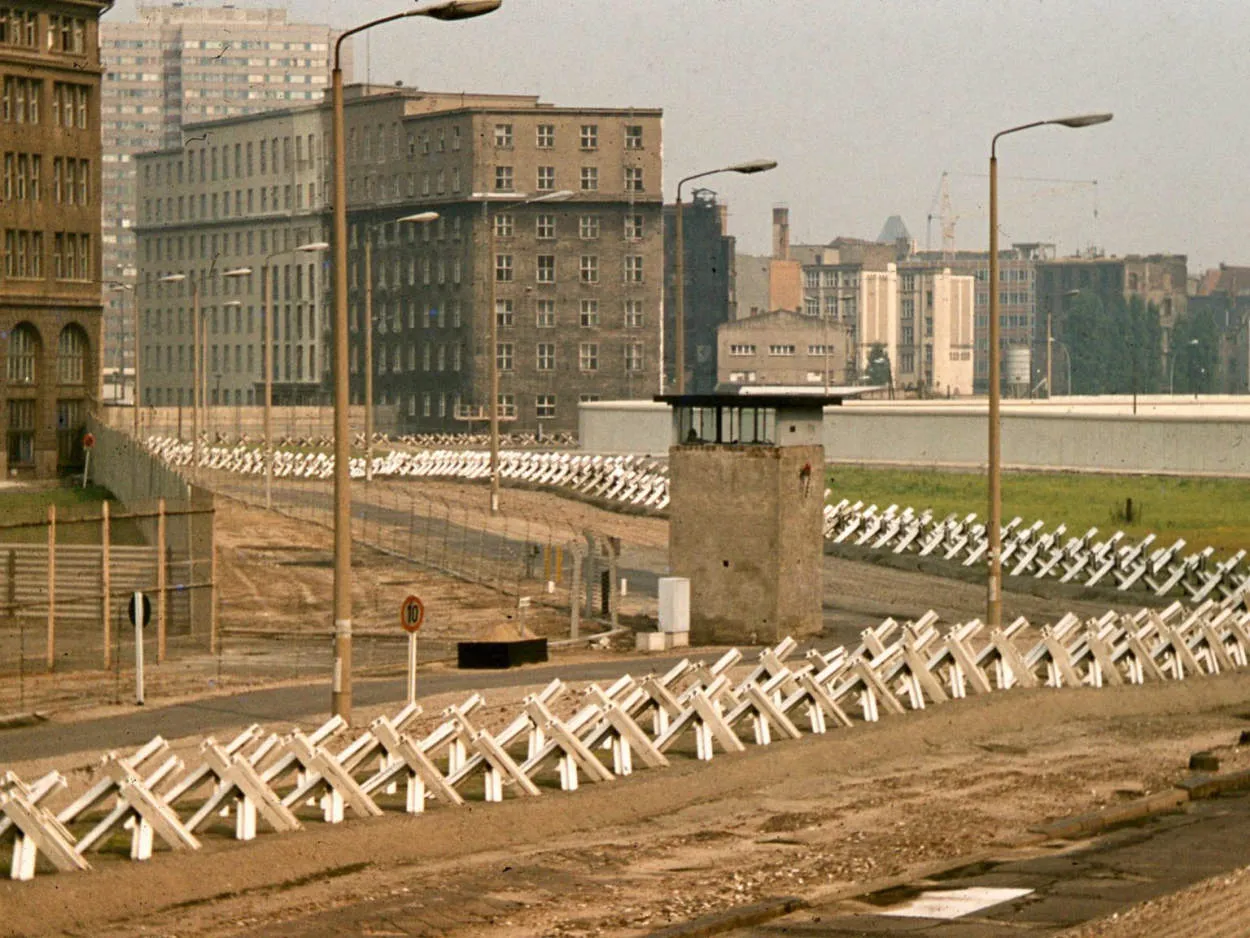The Berlin Wall, a symbol of the Cold War era, stood as a physical and ideological divide between East and West Berlin from 1961 to 1989. This historical walk explores the remnants of the wall and offers a glimpse into the tumultuous history of Germany’s capital city.
History of the Berlin Wall
The Berlin Wall, a symbol of the Cold War, was built by the German Democratic Republic (GDR) in 1961. Spanning 155 kilometers, it separated East Berlin from West Berlin, cutting off families and friends overnight. The construction was a response to the increasing number of East Germans fleeing to the democratic West.
Over the years, the Wall underwent various renovations and expansions, turning it into a heavily guarded border fortified with barbed wire, guard towers, and patrolling soldiers. Numerous escape attempts were made, some successful but many resulting in tragic consequences.
The fall of the Berlin Wall on November 9, 1989, marked the end of an era. It was a result of peaceful protests, changes in political leadership, and the gradual collapse of the Soviet Union. Joyous scenes of East and West Berliners tearing down sections of the Wall together became an iconic symbol of hope and reunification.
Today, remnants of the Berlin Wall serve as a testament to the city’s history and the division it endured. The East Side Gallery, a preserved section of the Wall covered in colorful murals, stands as a memorial to those who suffered under its presence.
Guided Tours
Experience the fascinating history of the Berlin Wall with a guided tour that takes you on a historical walk through one of the most iconic landmarks in Europe.
On this guided tour, you will have the opportunity to explore various significant locations along the Berlin Wall, gaining insights into the events that shaped its construction and eventual fall.
Checkpoint Charlie
Start your journey at Checkpoint Charlie, one of the most famous crossing points during the Cold War era. Learn about the intense tensions that existed between East and West, the attempted escapes, and the checkpoint’s significance as a symbol of division.
East Side Gallery
Continue your walk along the wall and witness the vibrant East Side Gallery, an open-air gallery featuring captivating murals created by international artists. Each artwork depicts the spirit of hope, freedom, and unity.
Brandenburg Gate
Reach the iconic Brandenburg Gate, a symbol of Germany’s reunification. Hear stories about the emotional scenes that unfolded here when the Berlin Wall finally fell and the city was reunited.
Museum at Checkpoint Charlie
End your tour with a visit to the Museum at Checkpoint Charlie. Delve deep into the history of the wall through photographs, artifacts, and personal stories, gaining a comprehensive understanding of this era’s significance.
Join us on a guided tour and immerse yourself in the rich history of the Berlin Wall. Discover the stories behind this powerful symbol of division and unity, and gain a deeper appreciation for the resilience of the human spirit.
East vs West Berlin
East and West Berlin, divided by the infamous Berlin Wall from 1961 to 1989, represented two contrasting ideologies and ways of life during the Cold War era.
East Berlin, under Soviet influence, stood as the capital of East Germany and adhered to communism. The socialist regime restricted personal freedom and suppressed political dissent. The economy was centrally planned, leading to limited consumer goods and economic stagnation.
On the other side, West Berlin, backed by the Western Allies, embraced democracy and capitalism. It enjoyed more freedoms, such as freedom of speech and a thriving cultural scene. The economy flourished, fueled by Western investments and trade.
The division between East and West Berlin was stark. Families were torn apart, and the city became a symbol of the larger East-West divide. The Berlin Wall, constructed by the East German government, was a physical manifestation of the ideological clash.
Visiting modern Berlin offers a chance to explore the remnants of this historic division. Walking along the former path of the Berlin Wall, now the Berlin Wall Memorial, allows visitors to witness the stark contrast between the two sides and understand the profound impact it had on the lives of Berliners.
Today, despite the scars of the past, Berlin has reunited and emerged as a vibrant and cosmopolitan city. The remnants of the Berlin Wall serve as a powerful reminder of the importance of freedom, unity, and the enduring spirit of the people who lived through this tumultuous period.
Conclusion
In conclusion, the Berlin Wall was a significant historical landmark that divided Germany for nearly three decades. Its fall in 1989 marked the end of the Cold War and symbolized the reunification of East and West Germany. Today, remnants of the wall serve as a reminder of the past and a testament to the resilience of the human spirit.

